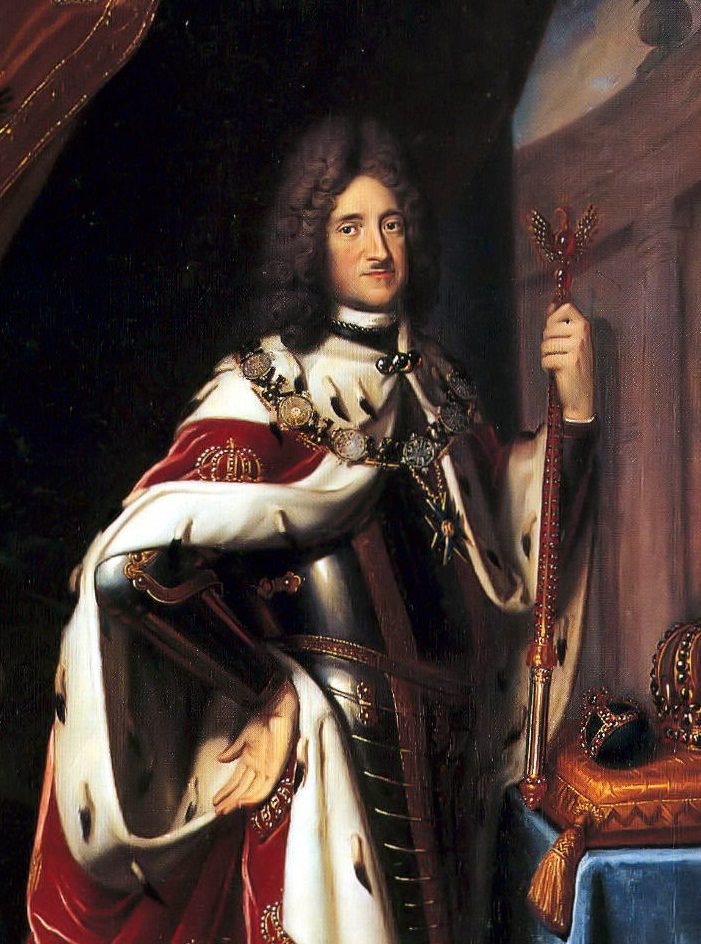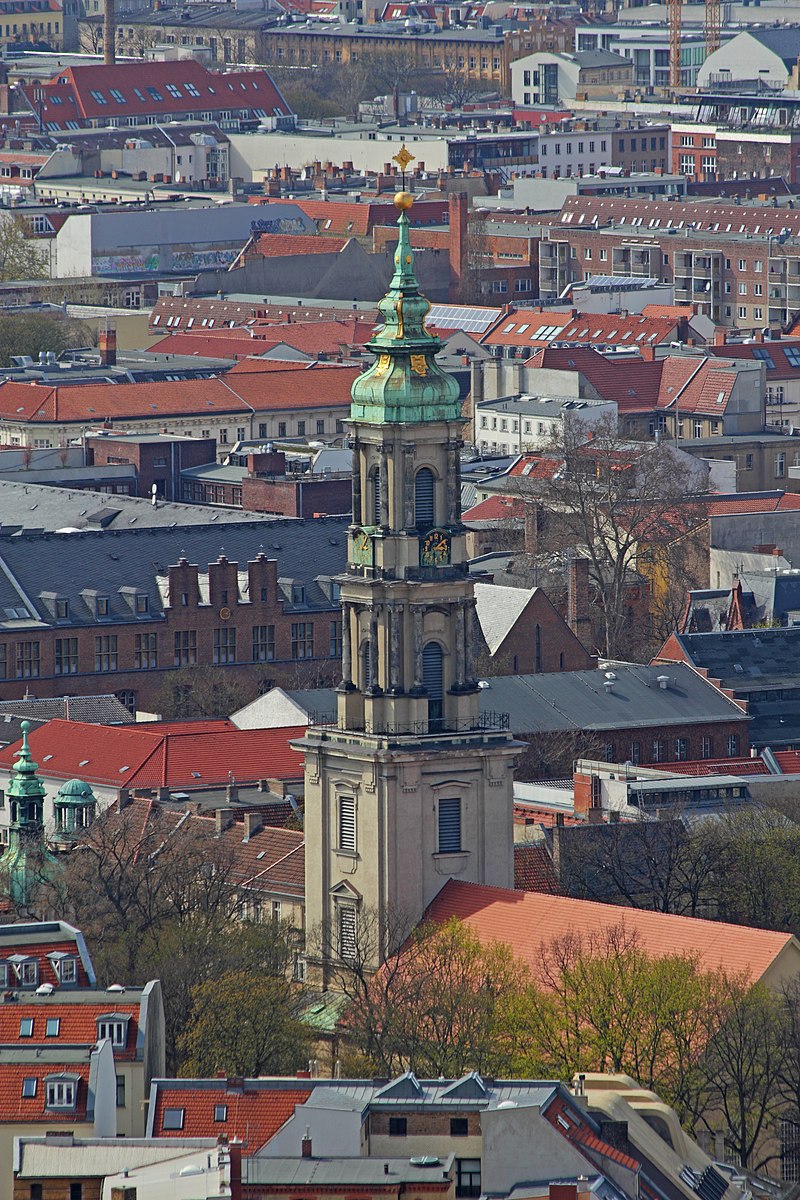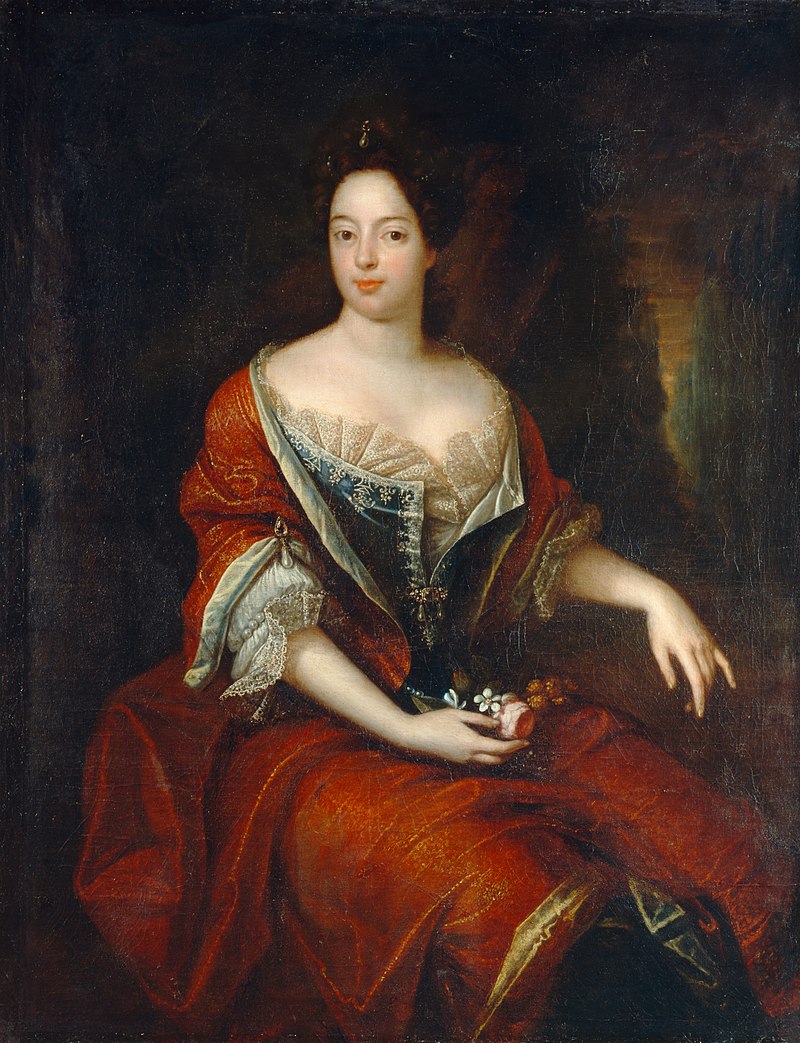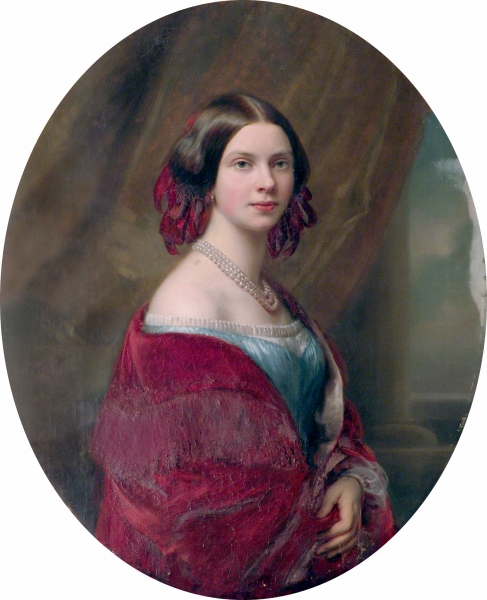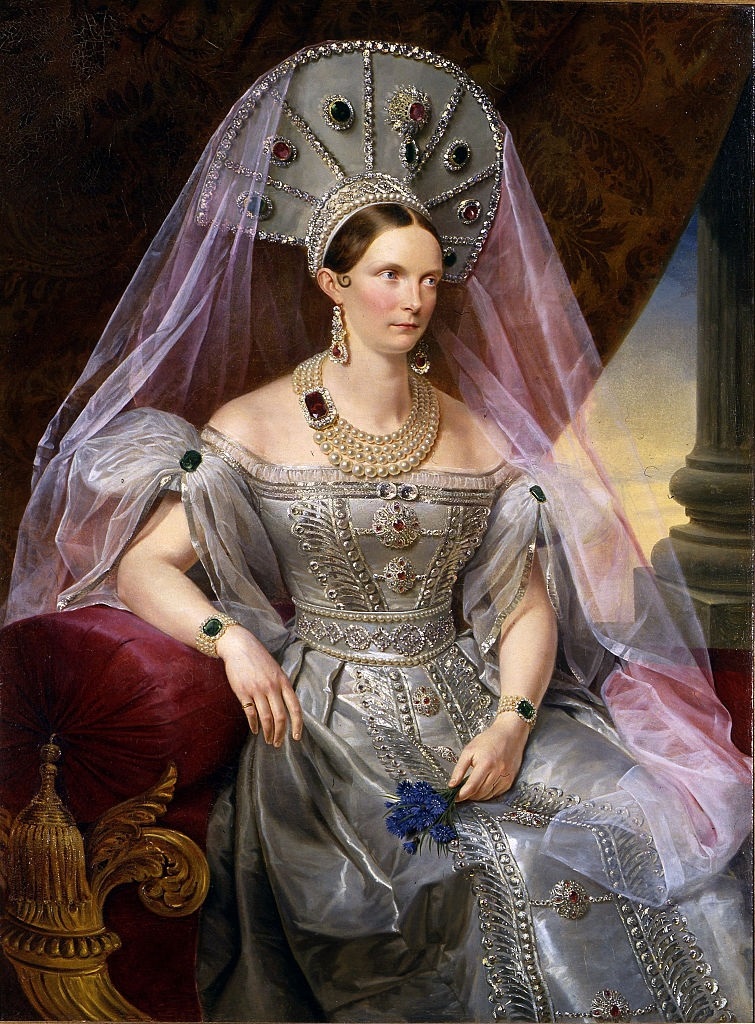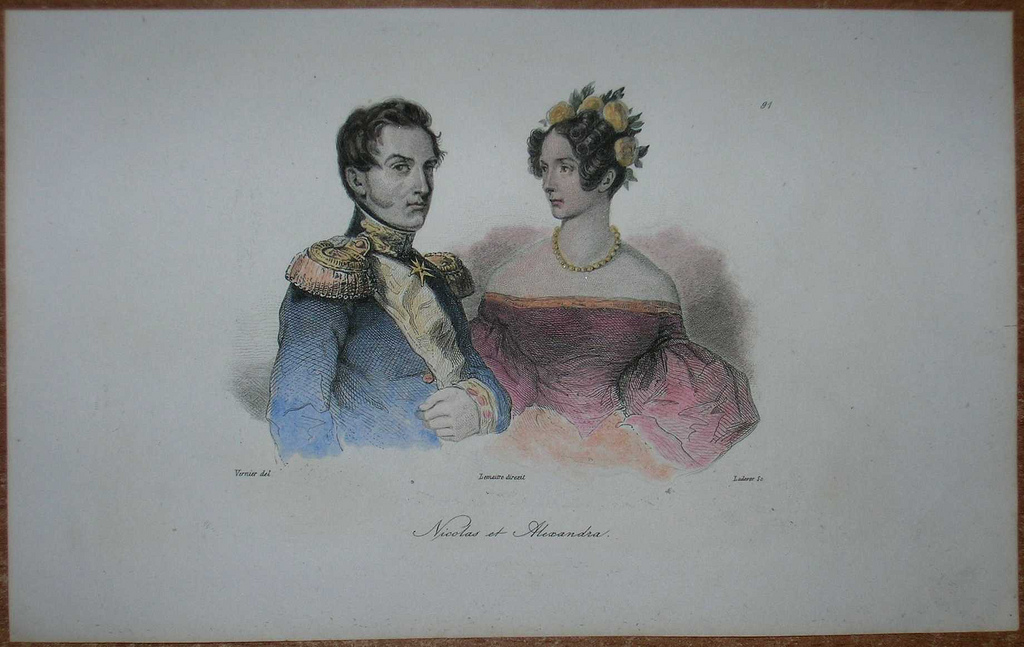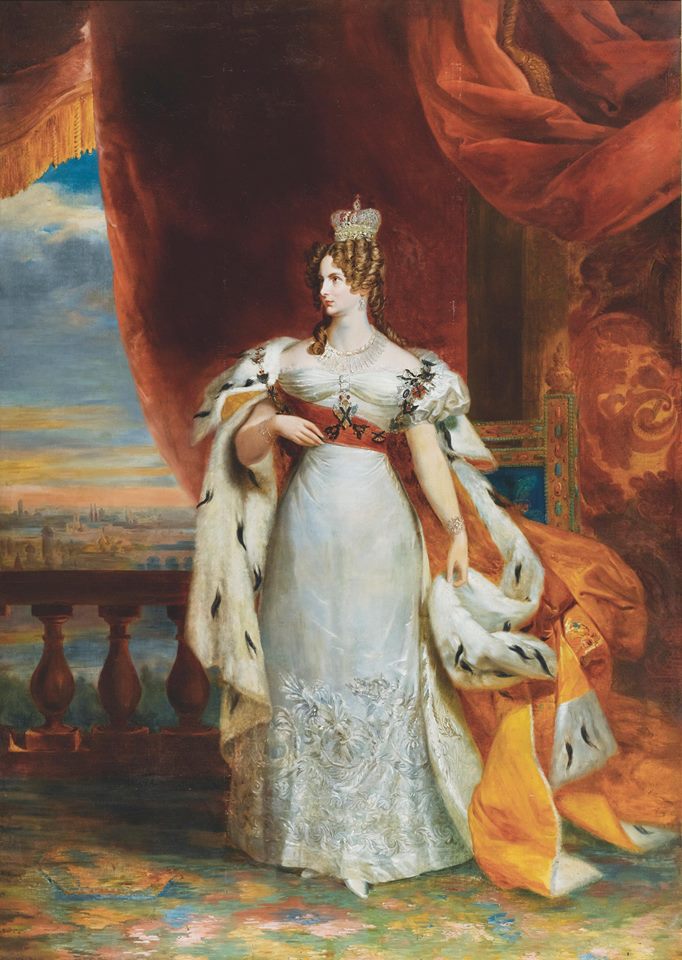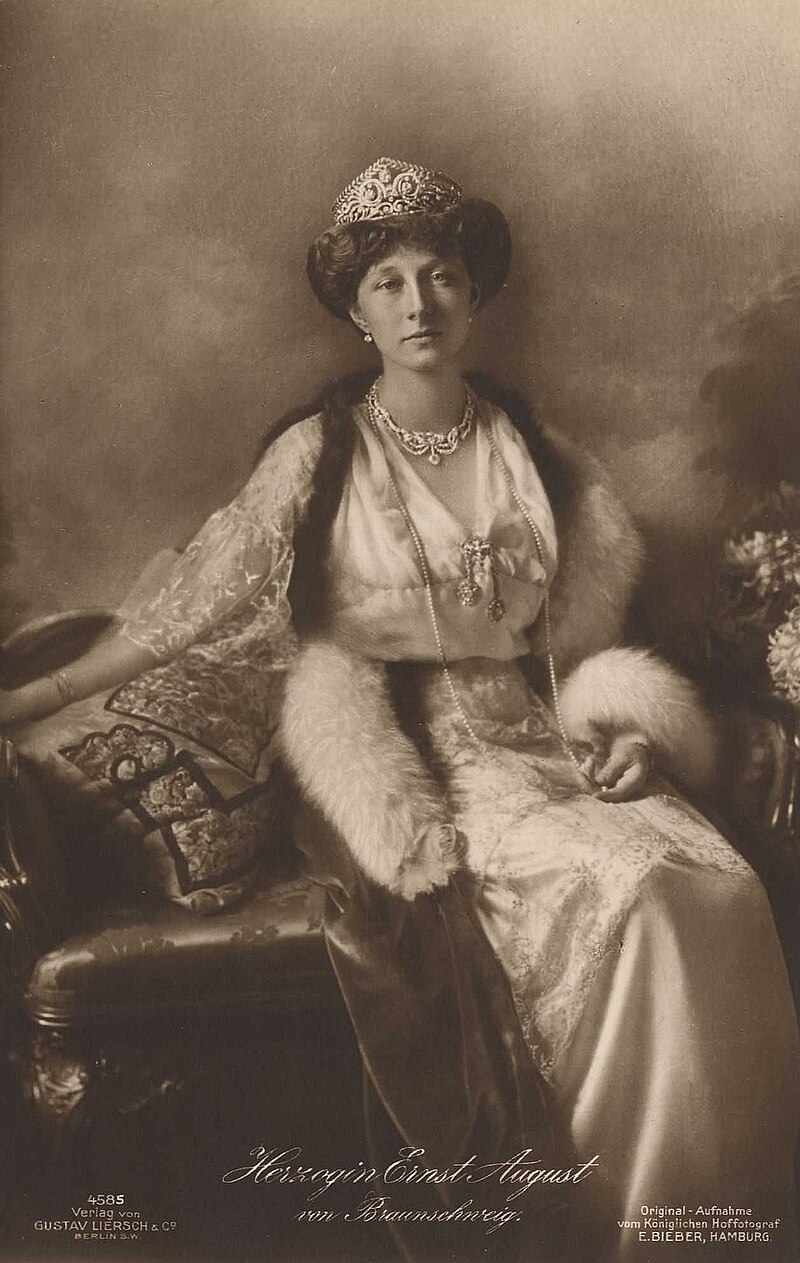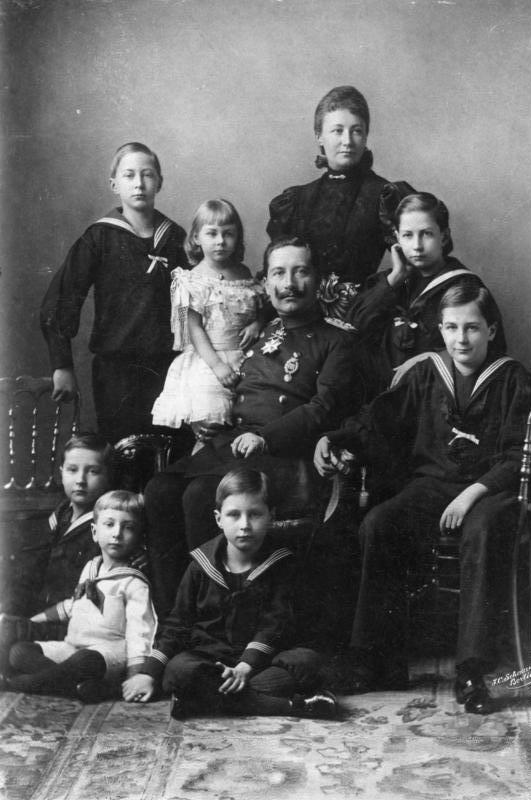by Scott Mehl © Unofficial Royalty 2019
Kingdom of Prussia: The Protestant Franconian branch of the House of Hohenzollern ruled as Margraves of Brandenburg, Dukes of Prussia, Electors of Brandenburg, Kings of Prussia from 1415 until 1918. In November 1700, in exchange for supporting the Holy Roman Empire in the Spanish War of Succession, Leopold I, Holy Roman Emperor agreed to allow Friedrich III, Duke of Prussia, Elector of Brandenburg to make Prussia a kingdom and become its first king. In the aftermath of World War I, Prussia had a revolution that resulted in the replacement of the monarchy with a republic. Wilhelm II, German Emperor, King of Prussia abdicated on November 9, 1918.
The Kingdom of Prussia had territory that today is part of Belgium, the Czech Republic, Denmark, Germany, Lithuania, the Netherlands, Poland, Russia, and Switzerland. All or parts of the following states of today’s Germany were part of the Kingdom of Prussia: Brandenburg, Hesse, Lower Saxony, North Rhine-Westphalia, Saarland, Saxony-Anhalt, and Schleswig-Holstein.
*********************

Friedrich Wilhelm I, King in Prussia; Credit – Wikipedia
Friedrich Wilhelm I, King in Prussia
Friedrich Wilhelm I was the second King in Prussia, reigning from 1713 until 1740. He was born at the Berlin City Palace in Berlin, Kingdom of Prussia, now in the German state of Brandenburg, on August 14, 1688, to Friedrich I, King in Prussia and his second wife, Sophie Charlotte of Hanover. He had one older brother:
- Prince Friedrich August (1685-1686) – died in infancy
Friedrich Wilhelm also had one half-sister from his father’s first marriage to Elisabeth Henriette of Hesse-Kassel:
- Princess Luise Dorothea (1680-1705) – unmarried

Crown Prince Friedrich Wilhelm, c1701. source: Wikipedia
For the first few years of his life, he was raised in Hanover, at the court of his grandmother, the Electress Sophia of Hanover, along with his cousins – his future wife, Sophie Dorothea of Hanover, and her brother, the future King George II of Great Britain. He returned to Berlin in 1692 and was educated by a Huguenot governess who did not speak German. At just six years old, he was given command of his own infantry regiment, and at eight years old, began to study under the direction of a Prussian general. However, his mother soon intervened because he could neither read nor write by the age of nine. A new Huguenot tutor was brought in to teach him. From a very young age, Friedrich Wilhelm developed a strong sense of thrift and a love for all things related to the military. For his tenth birthday, he was given his own estate at Wusterhausen where he learned the basic fundamentals of economics and management, both skills which would serve him well during his reign.
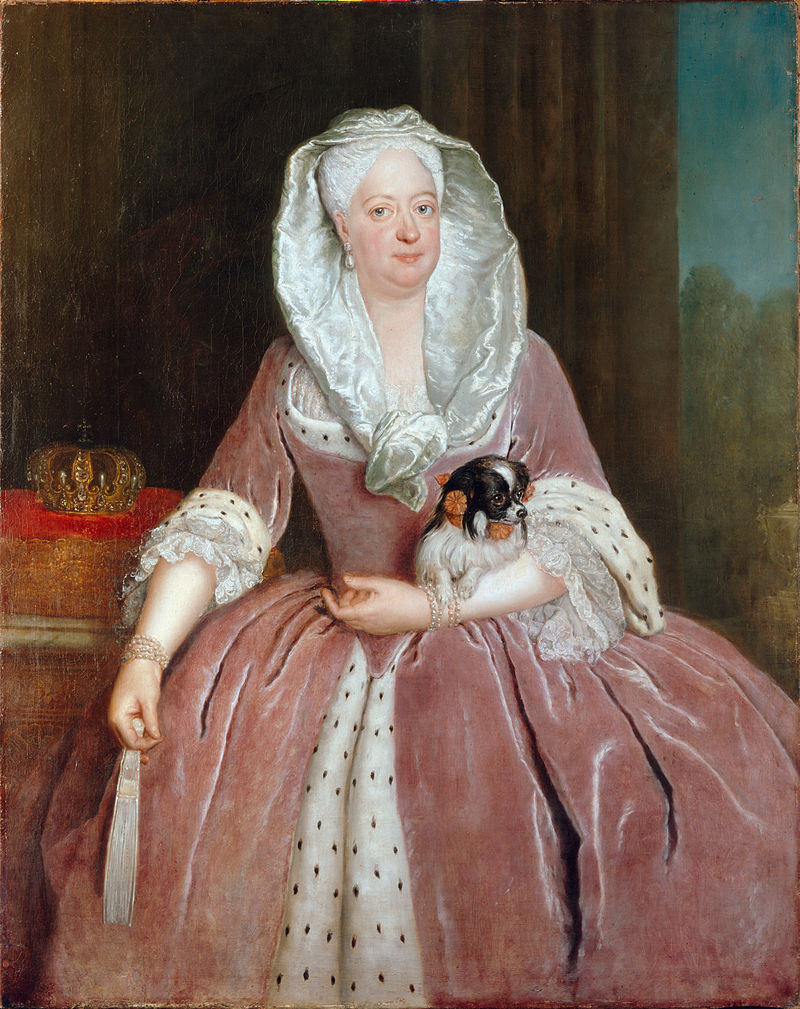
Sophie Dorothea of Hanover. source: Wikipedia
On November 28, 1706, in Berlin, Kingdom of Prussia, now in the German state of Brandenburg, Friedrich Wilhelm married his first cousin, Princess Sophie Dorothea of Hanover. She was the daughter of the future King George I of Great Britain and Sophie Dorothea of Celle. Despite a relatively unhappy marriage, the couple had 14 children:
- Friedrich Ludwig (1707-1708) – died in infancy
- Friederike Wilhelmine (1709-1758) – married Friedrich, Margrave of Brandenburg-Bayreuth, had issue
- Friedrich Wilhelm (1710-1711) – died in infancy
- Friedrich II (the Great), King of Prussia (1712-1786) – married Elisabeth Christine of Brunswick-Wolfenbüttel-Bevern, no issue
- Charlotte Albertine (1713-1714) – died in infancy
- Friederike Luise (1714-1784) – married Carl Wilhelm Friedrich, Margrave of Brandenburg-Ansbach, had issue
- Philippine Charlotte (1716-1801) – married Carl I, Duke of Brunswick-Wolfenbüttel, had issue
- Ludwig Carl Wilhelm (1717-1719) – died in childhood
- Sophia Dorothea (1719-1765) – married Friedrich Wilhelm, Margrave of Brandenburg-Schwedt, had issue
- Luise Ulrike (1720-1782) – married King Adolf Frederik of Sweden, had issue
- August Wilhelm (1722-1758) – married Duchess Luise of Brunswick-Wolfenbüttel, had issue
- Anna Amalia (1723-1787) – unmarried
- Friedrich Heinrich Ludwig (1726-1802) – married Princess Wilhelmine of Hesse-Kassel, no issue
- August Ferdinand (1730-1812) – married Margravine Elisabeth Luise of Brandenburg-Schwedt, had issue
Friedrich Wilhelm came to the Prussian throne upon his father’s death in 1713. Unlike his father who viewed the treasury as his own money and lived a lavish lifestyle, the new king chose to go the opposite direction. He sold many of his father’s possessions and lived an austere life. While his father was focused more on his personal enjoyment, Friedrich Wilhelm focused on strengthening Prussia, particularly the economy and the military. He was involved in every detail of the management of the Kingdom, even personally establishing guidelines for all state officials to ensure that everyone was doing their jobs to the fullest extent. He promoted farming throughout Prussia and encouraged the farmers to plan accordingly for the possibility of lean years. He also focused greatly on the military – reforming their training and tactics and leaving the Prussian army as one of the most powerful in Europe.
A devout Calvinist, Friedrich Wilhelm invited the Salzburg Protestants to settle in East Prussia when they were permitted to emigrate from Salzburg to a Protestant state. He ensured that they made their way safely, and personally greeted the first group.

Garrison Church, Potsdam. source: Wikipedia
King Friedrich Wilhelm I died at the Potsdam City Palace in Potsdam, Kingdom of Prussia, now in the German state of Brandenburg on May 31, 1740, and was interred at the Garrison Church in Potsdam. During World War I, his coffin was moved for safekeeping, first to Berlin and then to a salt mine near Berterode. After being recovered by American forces, he was re-interred at St. Elisabeth’s Church in Marburg, Germany in 1946. His coffin was moved again in 1953 to Hohenzollern Castle, and in 1991 his coffin was placed on the steps of the altar in the Kaiser Friedrich Mausoleum at the Church of Peace in Sanssouci Park in Potsdam, Germany.
This article is the intellectual property of Unofficial Royalty and is NOT TO BE COPIED, EDITED, OR POSTED IN ANY FORM ON ANOTHER WEBSITE under any circumstances. It is permissible to use a link that directs to Unofficial Royalty.
Prussia Resources at Unofficial Royalty


